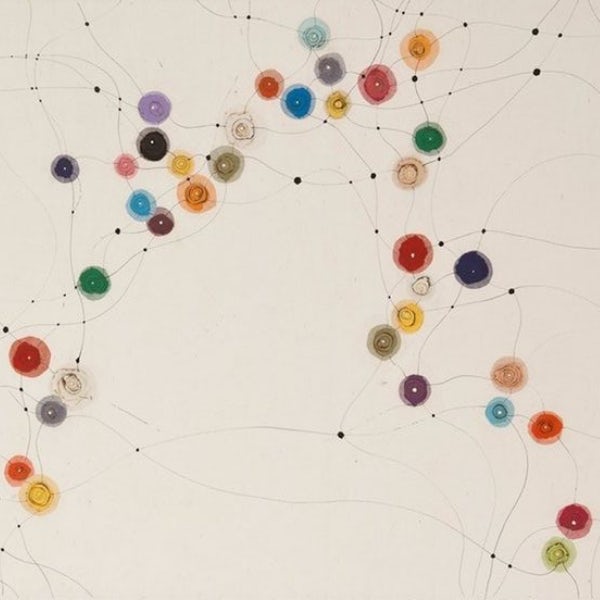The artificial intelligence of graphs
Predicting the behaviour of graphs and processes on them by treating topological patterns as constraints on a random graph ensemble.
Most real-world networks are either a snapshot of a graph that evolves over time, or one instance of a collection of related graphs. Some aspects of the graph are random while others—such as the connectivity or density of cycles—are fixed. The trick is to figure out which is which. By treating a graph as a random variable, it is possible to deduce the constraints by comparing the behaviour they give rise to with real data. This is hard, and nearly all random graphs that can be solved analytically are locally tree-like. But empirically we know that realistic graphs have short loops.
In this project we develop sophisticated mathematical methods for deducing the behaviour of graphs and processes on them. By treating topological patterns as constraints on a random graph ensemble, we go beyond the replica trick and cavity method to handle graphs with a finite fraction of short loops. We start with triangles, the “harmonic oscillator” of loopy random graphs, and proceed to larger loops, along the way introducing the imaginary replica technique.
The theory of tailored graph ensembles offers a deeper understanding of graph structure. It enables us to predict the null behaviour of neural and genetic regulatory networks and to detect network communities. It also offers an indirect approach to longstanding problems on lattices, like the 3D Ising model.
















Papers in this project
Transitions in loopy graphs
The generation of large graphs with a controllable number of short loops paves the way for building more realistic random networks.
Bursting dynamic networks
A mathematical model captures the temporal and steady state behaviour of networks whose two sets of nodes either generate or destroy links.
Exactly solvable random graphs
An explicit analytical solution reproduces the main features of random graph ensembles with many short cycles under strict degree constraints.
Spin systems on Bethe lattices
Exact equations for the thermodynamic quantities of lattices made of d-dimensional hypercubes are obtainable with the Bethe-Peierls approach.
Random graphs with short loops
The analysis of real networks which contain many short loops requires novel methods, because they break the assumptions of tree-like models.
Entropies of graph ensembles
Explicit formulae for the Shannon entropies of random graph ensembles provide measures to compare and reproduce their topological features.
Unbiased randomization
Unbiased randomisation processes generate sophisticated synthetic networks for modelling and testing the properties of real-world networks.
Tailored random graph ensembles
New mathematical tools quantify the topological structure of large directed networks which describe how genes interact within a cell.